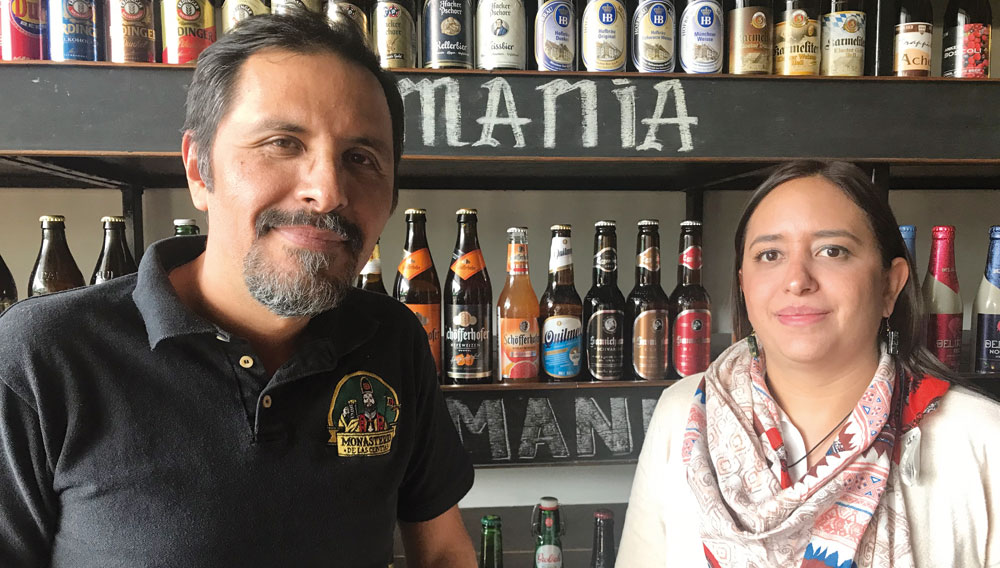Evolution of Mexico’s cultural beer identity
Growing variety | The number of new enterprises being founded in the Mexican brewing industry has risen considerably. Dominated by Grupo Modelo (AB InBev) and Heineken Mexico, the beer market is hard – but not without hope. Numerous microbreweries are now specifically helping to establish a cultural beer identity in their country – and are thus also contributing to the value chain. BRAUWELT author Sylvia Kopp travelled to Mexico to speak to the pioneers of the new beer scene – and discovered an exciting new world.



 6 print issues
6 print issues